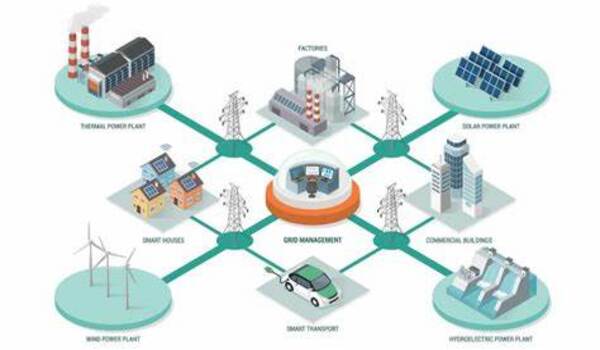Articles and Trivia
Write an articleRenewable energy integration into power grids

Integrating renewable energy into power grids presents technical, economic, and regulatory challenges. The intermittent nature of solar and wind power leads to variability, affecting grid stability. Solutions include energy storage systems like batteries and pumped hydro, which balance supply and demand, and advanced grid management techniques such as smart grids and demand response.
Economic challenges involve the high initial costs of renewable energy projects, although decreasing costs and government incentives improve viability. Market designs often favor traditional energy sources, necessitating reforms to support renewables through variable pricing and capacity payments.
Regulatory hurdles include the need for consistent policy support and streamlined permitting processes. Policies like renewable portfolio standards (RPS), feed-in tariffs, and auction mechanisms can provide stable investment conditions. Simplifying regulatory frameworks and involving local communities can facilitate project approvals.
Technological innovations play a crucial role in integration. Smart grids enhance efficiency and reliability, while diverse energy storage systems address intermittency. Microgrids offer localized energy solutions, improving security and supporting distributed renewable sources.
Examples of successful integration include Germany’s Energiewende, focusing on renewable energy and efficiency, and California’s ambitious targets for 100% clean energy by 2045, supported by comprehensive policies and incentives.
In summary, renewable energy integration into power grids demands a multifaceted approach, combining technological advances, economic incentives, regulatory reforms, and supportive policies to create a sustainable and resilient energy system.


